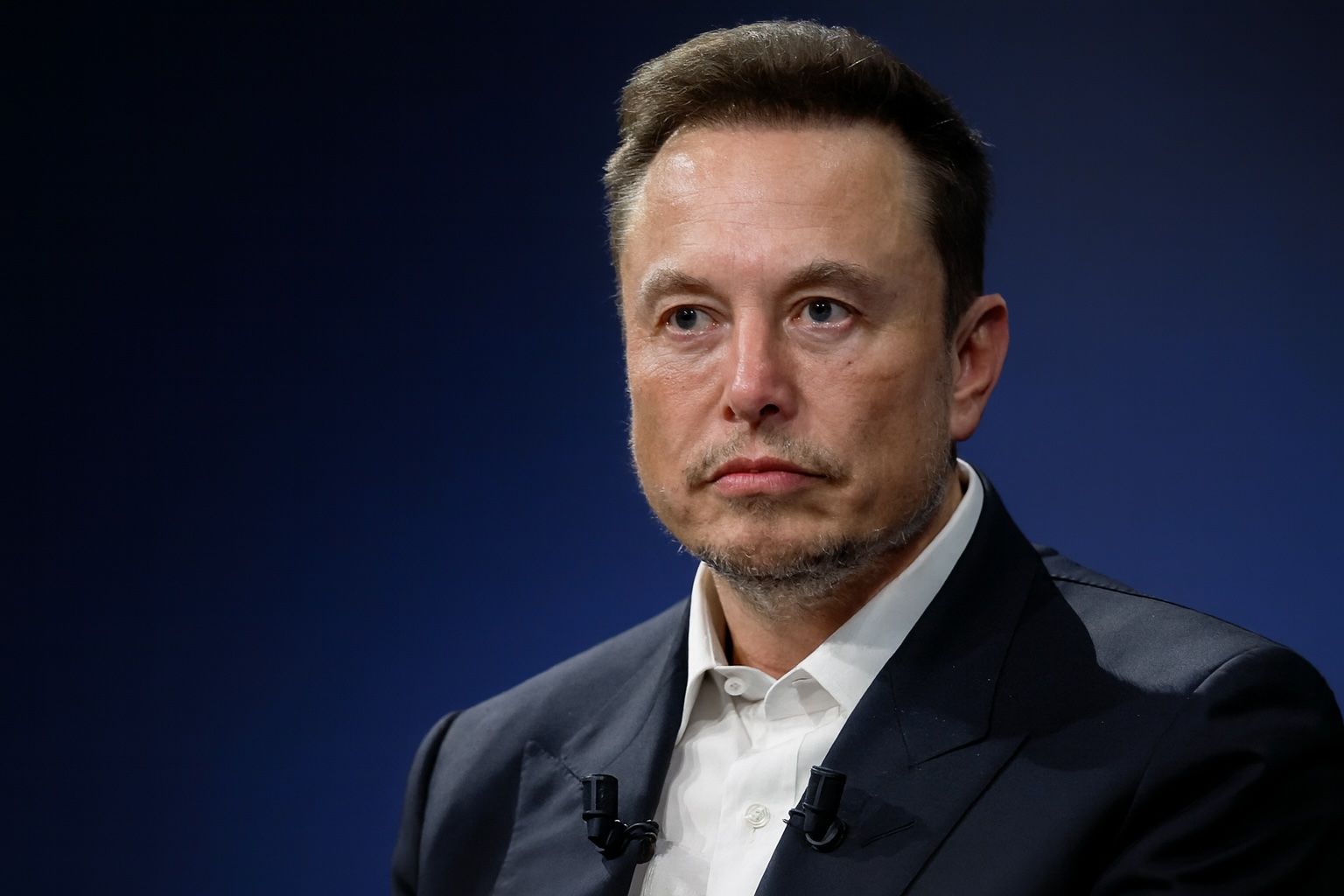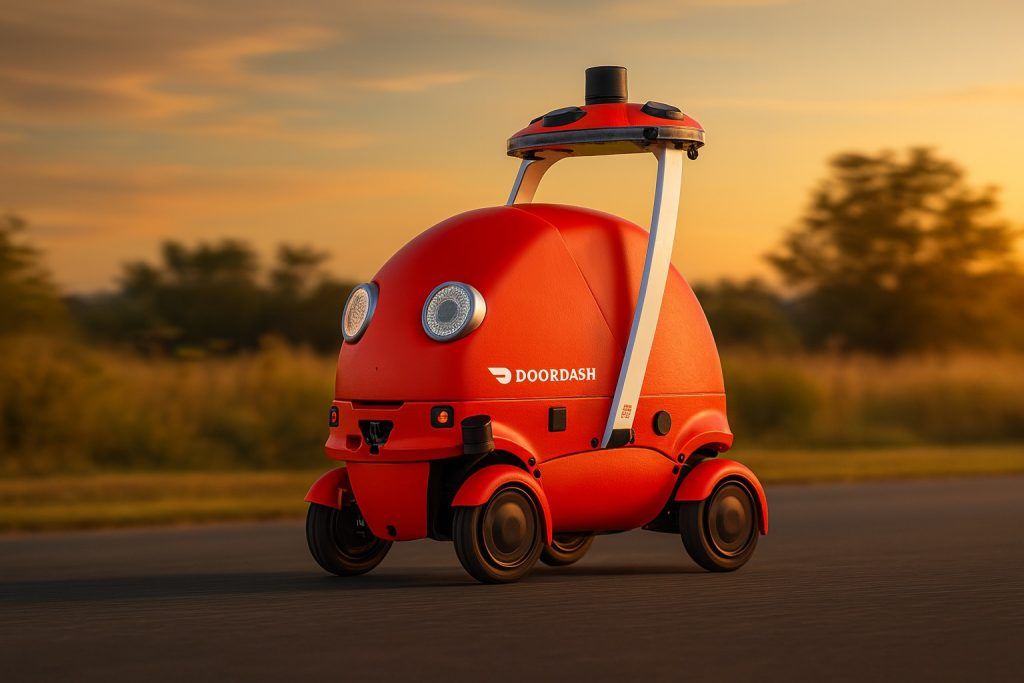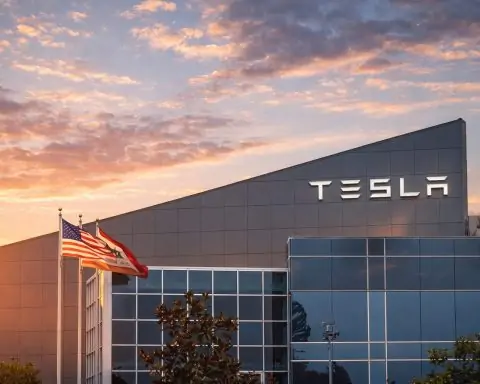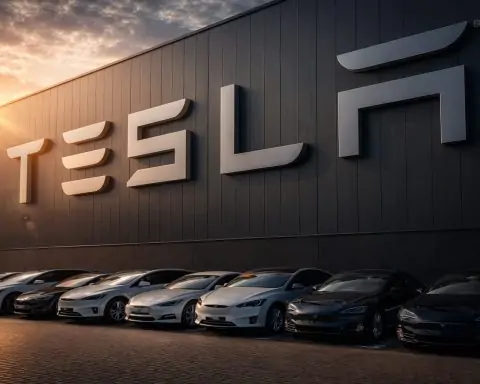- On 1 October 2025, Elon Musk’s fortune surpassed $500 billion for the first time, making him the first individual ever to reach that milestone [1]. Forbes calculated his wealth at exactly $500 billion at 3:30 p.m. ET, while the Bloomberg Billionaires Index put him just below that mark [2]. The surge came after Tesla shares gained nearly 4 % on the day and more than 14 % in 2025, boosting Musk’s stake by billions [3].
- Musk’s wealth is tied mainly to his business empire—Tesla, SpaceX, and xAI. His 19.7 % stake in Tesla is worth roughly $191 billion, while his 42 % stake in SpaceX (valued around $400 billion) adds another $168 billion [4]. xAI, which recently merged with social‑media platform X, is valued at about $113 billion; Musk owns 53 % of the combined company, worth roughly $60 billion [5].
- Tesla’s board has proposed a $1 trillion compensation plan for Musk. The ten‑year pay package, which requires ambitious “Mars‑shot” milestones such as an eight‑fold increase in Tesla’s market capitalisation, dwarfs Musk’s contested 2018 compensation (valued at $56 billion) by about 18 times [6]. The board also approved an interim grant of approximately $29 billion in restricted stock to keep him through 2030 [7]. Some critics argue the new plan consolidates Musk’s influence over Tesla’s board.
- Musk’s startup xAI is racing to build an artificial‑general‑intelligence system. It has been raising debt to buy hundreds of thousands of Nvidia chips and may burn through $13 billion in 2025; management expects annual earnings of $13 billion by 2029 [8]. If investors assign it a $200 billion valuation—as rumored in fundraising talks—it would rank among the world’s most valuable private companies, behind only OpenAI and ByteDance [9]. Musk denies that xAI is raising equity, but he has said the firm will build a 550,000‑GPU supercomputer to power its chatbot Grok [10].
- SpaceX, which Musk controls, is projected to book $15.5 billion of revenue in 2025 and is on track for a record 170 launches. The company’s reusable rockets and Starlink internet constellation have made it a dominant force in space [11]. SpaceX has secured over $6 billion in Pentagon contracts and may build a “Golden Dome” missile‑defence shield worth $175 billion [12]. Investors value Starlink at up to $150 billion and expect a public offering within a few years [13].
- Musk’s extraordinary net worth comes amid a changing political landscape. He served as head of the Trump administration’s “Department of Government Efficiency” (DOGE) but stepped down in May 2025 after backlash. Nevertheless, his companies have benefited from deregulatory moves: the U.S. Transportation Department relaxed crash‑reporting rules for autonomous vehicles; the National Labor Relations Board and the Justice Department dropped lawsuits against SpaceX [14]. Critics, including the Century Foundation’s Lauren McFerran, argue these decisions set back worker protections [15].
- Public opinion of Musk has cooled. Polls cited by Forbes show that a majority of Americans now view him unfavourably, and analysts say his political foray hurt Tesla’s brand. Still, Wedbush Securities’ Dan Ives believes Tesla’s push into autonomous driving could unlock a $1 trillion opportunity; he says the regulatory changes will allow the company to “expedite their autonomous initiatives” [16].
Musk’s $500 Billion Milestone: Context and Implications
Elon Musk’s climb to a $500 billion net worth illustrates how a sprawling tech empire can create unprecedented personal wealth. On October 1 2025, Musk became the first person ever to amass a half‑trillion dollars. Reuters calculated that at 3:55 p.m. ET his wealth reached $499.5 billion, as Tesla stock jumped nearly 4 % during trading [17]. Forbes’ real‑time tracker, which uses a slightly different methodology, pegged him at exactly $500 billion [18]. Either way, he ended the day roughly $150 billion ahead of the world’s second‑richest person, Oracle founder Larry Ellison [19].
How Tesla, SpaceX and xAI Propelled the Fortune
The bulk of Musk’s fortune comes from equity stakes rather than salaries. His Tesla shares—about 19.7 % of the company after selling some to finance his Twitter acquisition—are currently worth around $191 billion [20]. Tesla shares surged more than 14 % in 2025 and roughly 35 % since September, buoyed by optimism about the company’s Dojo supercomputer, its push into humanoid robots and an anticipated self‑driving subscription service [21]. Analysts like Wedbush’s Dan Ives call Tesla’s artificial‑intelligence and robotics opportunity a “$1 trillion golden opportunity” [22]. The board’s proposed $1 trillion pay package underscores the belief that Tesla could multiply its value; the plan would grant Musk stock options if Tesla’s market capitalisation reaches $17 trillion, among other targets [23]. Critics see the compensation as excessive, while Musk argues it ensures he has enough influence to steer Tesla’s mission to build millions of robots and sustainable‑energy products [24].
SpaceX, Musk’s rocket and satellite company, is the second pillar of his wealth. The private firm is valued at about $400 billion, up from $350 billion a year ago [25]. Musk owns roughly 42 %, giving him an estimated $168 billion stake [26]. The company is targeting 170 launches in 2025 after completing 134 in 2024, thanks to its reusable Falcon 9 boosters [27]. SpaceX’s Starship rocket—meant to transport humans and cargo to Mars—is still in testing, but the satellite‑internet arm Starlink has millions of customers. SpaceX’s dominance has brought government work; it is bidding for a $175 billion missile‑defence project dubbed “Golden Dome” and has secured more than $6 billion in Pentagon contracts [28]. Investors expect Starlink to go public, and valuations as high as $150 billion have been floated [29].
The third engine of Musk’s fortune is his artificial‑intelligence venture xAI. Musk launched xAI in 2023 to develop a rival to OpenAI’s ChatGPT. In July 2025, xAI merged with social‑media platform X, giving Musk a combined 53 % stake in a company valued at $113 billion [30]. Musk wants to build the world’s most powerful AI training cluster; the company is raising up to $12 billion in debt to buy Nvidia chips and will soon launch a 550,000‑GPU supercomputer [31]. According to internal projections, xAI could earn $13 billion annually by 2029 [32]. Speculation about an upcoming equity fund‑raise values xAI between $170 billion and $200 billion, a jump that would make it one of the most valuable private companies—behind only OpenAI (valued at $500 billion) and ByteDance (over $330 billion) [33]. Musk denies these fundraising reports, calling them “fake news,” but investors remain eager to support his AI vision [34].
Political Power and Controversies
Musk’s wealth explosion has coincided with a period of deep political involvement. After donating nearly $290 million to support Donald Trump’s 2024 campaign, Musk was appointed head of the Department of Government Efficiency (DOGE). In this role he worked to slash regulations, but the position quickly became a lightning rod. Civil‑rights groups protested outside Tesla dealerships, and a Reuters/Ipsos poll cited by Forbes found that a majority of Americans hold an unfavorable view of Musk [35]. Tesla’s sales were hurt by the backlash, and Musk resigned from DOGE in May 2025, returning full‑time to his companies [36].
Nonetheless, Musk’s companies have enjoyed regulatory tailwinds. The U.S. Transportation Department eliminated certain crash‑reporting requirements for autonomous‑vehicle manufacturers; analysts like Dan Ives said the rule change will help Tesla “expedite their autonomous initiatives” [37]. Meanwhile, the National Labor Relations Board dropped a suit accusing SpaceX of unlawful labor practices, and the Justice Department dismissed a case alleging the company discriminated against immigrants in hiring [38]. Lauren McFerran of the Century Foundation criticised the decision as a “significant setback for workers” [39]. These moves have reinforced critics’ concerns that Musk’s political influence has led to special treatment.
SpaceX is also benefiting from U.S. foreign‑policy support. Forbes reported that U.S. diplomats have helped secure Starlink regulatory approvals in numerous countries and that the Federal Aviation Administration has accelerated Starship test approvals [40]. Musk travelled to the Middle East with President Trump in spring 2025, where he brokered deals to provide Starlink connectivity and sell Neuralink brain‑implant technology [41]. Such deals highlight the nexus between Musk’s business interests and geopolitical influence.
The Road Ahead: Trillionaire Possibilities and Risks
With a half‑trillion‑dollar fortune and a proposed $1 trillion pay package, Musk appears on track to become the world’s first trillionaire. Forbes estimates that if Tesla achieves its ambitious growth targets, he could cross that mark by 2033 [42]. However, there are risks. Tesla faces ongoing National Highway Traffic Safety Administration (NHTSA) investigations into its Full Self‑Driving system and remote driving mode [43]. Tesla’s brand has suffered from Musk’s polarising politics, and analysts warn that the company could lose market share as Chinese automakers ramp up electric‑vehicle production. Meanwhile, xAI is burning cash at a furious pace, and Musk may need to raise billions more to keep up with rivals.
Musk’s ascent to a $500 billion net worth is thus not just a story of one man’s extraordinary wealth but also a window into how technology, politics and regulation intersect. His success depends on delivering on bold promises—self‑driving cars, Mars missions, and superintelligent AI—while navigating public scrutiny. The coming years will reveal whether Musk can maintain his momentum and truly become the world’s first trillionaire or whether competition, regulation and public sentiment will temper his ambitions.
In summary, the report details Elon Musk’s historic achievement of reaching a $500 billion net worth on October 1, 2025, underscoring the pivotal role of Tesla’s stock surge, SpaceX’s soaring valuation, and the rapid growth of his AI venture xAI [44] [45]. It highlights how Musk’s wealth stems from substantial equity stakes rather than salaries, with Tesla, SpaceX and xAI forming a triad that collectively drove his fortune. The article notes that Tesla’s board is proposing a $1 trillion compensation plan tied to ambitious milestones, while xAI’s push to build a massive GPU supercluster could place it among the world’s most valuable private companies [46] [47].
The report also examines the intersection of Musk’s business ambitions and politics, including his tenure at the Department of Government Efficiency and the regulatory tailwinds his companies have enjoyed under the Trump administration [48]. Analysts warn that his polarizing political role has damaged Tesla’s brand even as new deregulatory measures benefit its autonomous-vehicle push. Looking ahead, experts see both immense opportunity—potentially leading Musk to become the first trillionaire by 2033—and significant risks, such as ongoing investigations into Tesla’s self-driving system and the steep cash burn at xAI [49]. Overall, the report paints a comprehensive picture of how Musk’s unprecedented wealth reflects both technological ambition and complex political dynamics.
References
1. www.reuters.com, 2. nypost.com, 3. www.reuters.com, 4. www.forbes.com, 5. www.forbes.com, 6. www.reuters.com, 7. www.reuters.com, 8. www.reuters.com, 9. www.reuters.com, 10. www.reuters.com, 11. www.reuters.com, 12. www.forbes.com, 13. www.reuters.com, 14. www.forbes.com, 15. www.forbes.com, 16. www.forbes.com, 17. www.reuters.com, 18. nypost.com, 19. nypost.com, 20. www.forbes.com, 21. www.reuters.com, 22. www.forbes.com, 23. www.reuters.com, 24. www.forbes.com, 25. www.forbes.com, 26. www.forbes.com, 27. www.reuters.com, 28. www.forbes.com, 29. www.reuters.com, 30. www.forbes.com, 31. www.reuters.com, 32. www.reuters.com, 33. www.reuters.com, 34. www.reuters.com, 35. www.forbes.com, 36. nypost.com, 37. www.forbes.com, 38. www.forbes.com, 39. www.forbes.com, 40. www.forbes.com, 41. www.forbes.com, 42. www.forbes.com, 43. www.forbes.com, 44. www.reuters.com, 45. www.forbes.com, 46. www.reuters.com, 47. www.reuters.com, 48. www.forbes.com, 49. www.forbes.com










